Steel bars are essential components in construction and manufacturing, valued for their strength, durability, and versatility. The production of steel bars involves a meticulous process that combines raw materials, advanced machinery, and precise techniques to meet varying specifications.
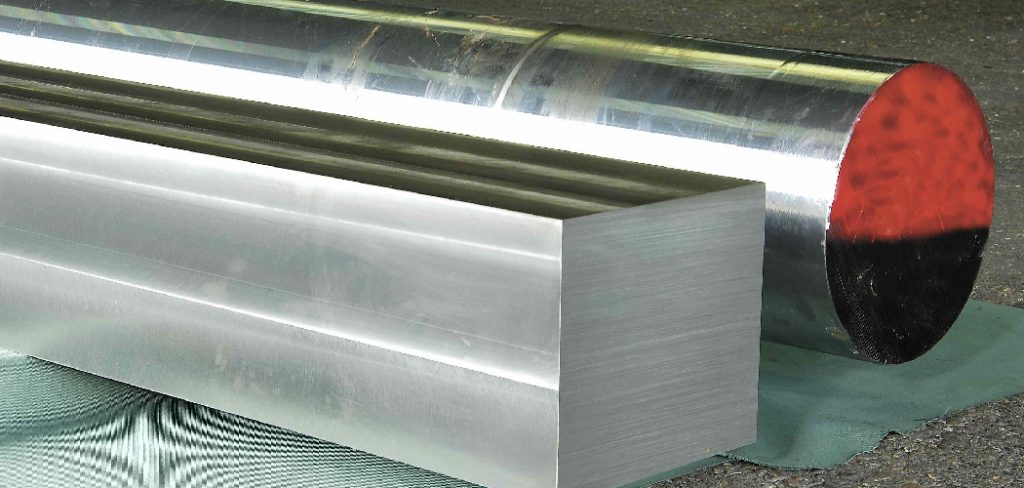
This guide on how to make steel bar will provide an overview of the steps involved in the production of steel bars, highlighting the key processes and considerations that ensure high-quality results. Whether for infrastructure development or industrial applications, understanding how steel bars are made offers valuable insight into one of the most important materials used worldwide.
Why Choose Steel Bars?
Before diving into the production process, it’s important to understand the reasons behind the widespread use of steel bars in various industries. Here are some key advantages that make steel bars a preferred material:
Strength and Durability:
Steel is known for its exceptional strength and durability, making it ideal for heavy-duty applications. Steel bars are designed to withstand high pressures, making them suitable for use in construction projects that require stability and support.
Flexibility:
Steel can be molded into various shapes and sizes without compromising its strength. This makes it a highly versatile material that can be used in different applications, from reinforcing concrete structures to creating intricate industrial components.
Cost-Effective:
Despite its superior qualities, steel is relatively affordable compared to other metals. Its longevity and low maintenance requirements make it a cost-effective choice for long-term projects.
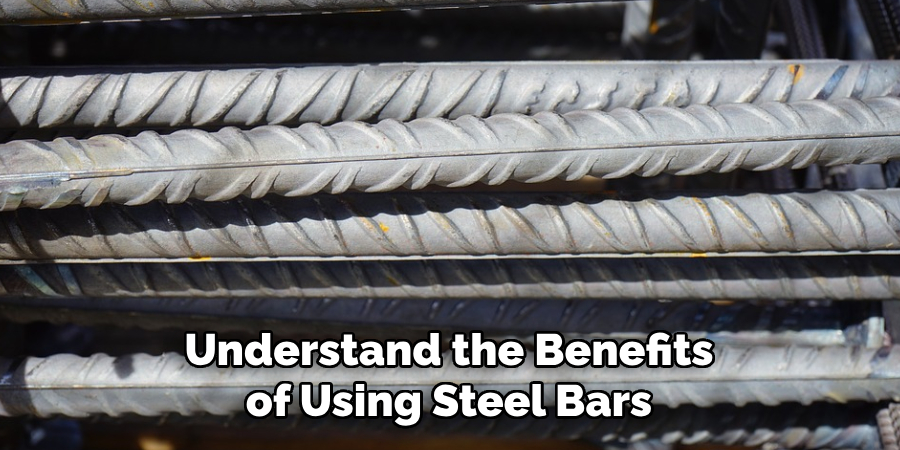
Now that we understand the benefits of using steel bars, let’s explore the production process involved in making this crucial material.
Needed Materials
The production of steel bars requires the following raw materials:
Iron Ore:
This is the primary source of iron, an essential component in steel production. It’s usually mined from the earth and then processed to remove impurities.
Coal or Coke:
These are carbon-based fuels that provide the necessary heat and energy to melt iron ore in the steelmaking process.
Limestone:
This is used as a fluxing agent, helping to eliminate impurities from the iron ore during the refining process.
7 Simple Steps on How to Make Steel Bar
Step 1: Ironmaking
The first step in the steel bar production process is ironmaking. This involves extracting iron from iron ore through a smelting process in a blast furnace. The iron ore is combined with coke and limestone, which are fed into the furnace. When heated at extremely high temperatures, the coke acts as a reducing agent, converting the iron ore into molten iron.
Simultaneously, the limestone helps remove impurities by forming slag, which floats on top of the molten iron and is later removed. The resulting molten iron, also known as “hot metal,” is then ready for further refinement in the steelmaking process.
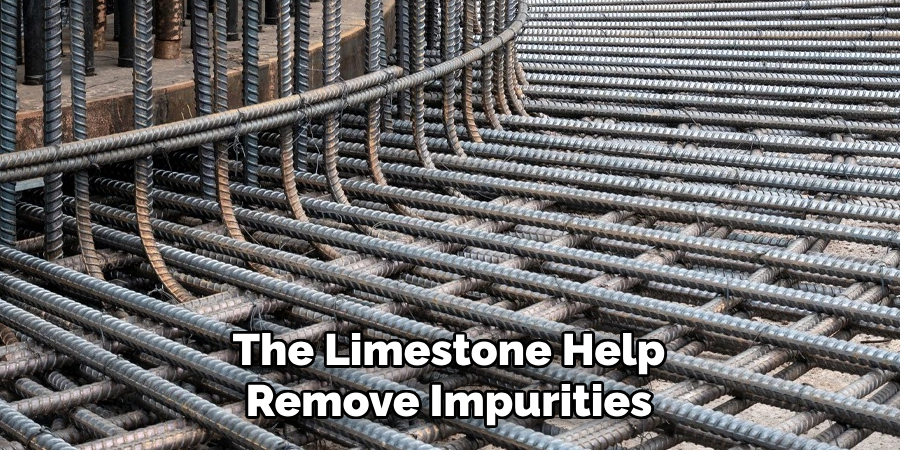
Step 2: Steelmaking
The hot metal is transferred to the steelmaking furnace, where it undergoes further processing to convert it into steel. The furnace is lined with refractory materials and equipped with oxygen lances that blow oxygen onto the molten metal. This helps remove any remaining impurities and adjust the carbon content to meet desired specifications.
You can produce different types of steel by adding various alloying elements like chromium, nickel, or manganese at this stage. The molten steel is then cast into molds to form long, continuous bars.
Step 3: Hot Rolling
The next step involves hot rolling the steel bars to give them their desired shape and size. This process is carried out on a high-speed mill that uses rollers to gradually reduce the thickness of the steel bars while increasing their length. The intense heat and pressure applied during hot rolling help strengthen the steel further.
The steel bars are cooled in a water bath after hot rolling to prevent them from becoming brittle.
Step 4: Surface Treatment
After the hot rolling process, the steel bars undergo surface treatment to improve their appearance and properties. This involves descaling, where the surface is cleaned of any impurities or scale that may have formed during hot rolling. The bars are then coated with a layer of rust-resistant material like zinc or paint to protect them against corrosion.
It’s important to note that the surface treatment process may vary depending on the intended use of the steel bars.
Step 5: Cold Drawing
To achieve even greater strength and precision, some steel bars undergo cold drawing. This process involves pulling the hot-rolled bars through a series of dies at room temperature, resulting in a smoother finish and tighter tolerances. The cold drawing process also helps enhance the bar’s mechanical properties, making it suitable for more specialized applications.
You can also produce different shapes and sizes by cold drawing, such as square, hexagonal, or flat bars.
Step 6: Heat Treatment
Heat treatment is a critical step in the production of steel bars, as it enhances their mechanical properties and ensures they meet the required performance standards. During this process, the steel bars are subjected to controlled heating and cooling cycles. These cycles alter the microstructure of the steel, improving qualities such as hardness, ductility, and tensile strength.
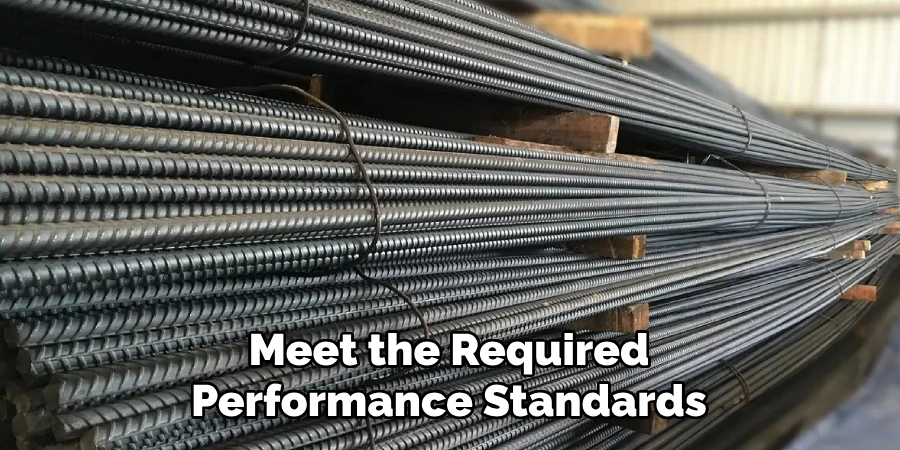
Common heat treatment methods include annealing, quenching, and tempering. Annealing involves slowly heating the steel bars and then cooling them to remove internal stresses and improve workability. Quenching entails rapidly cooling the bars after heating, which enhances hardness and strength. Finally, tempering is performed after quenching to reduce brittleness and achieve the desired balance between toughness and hardness.
Step 7: Quality Control
The final step in the production process is quality control, where the steel bars undergo rigorous testing to ensure they meet industry standards. This includes checking for dimensions, surface quality, and mechanical properties such as strength and ductility. Any substandard bars are either recycled or discarded.
Following these steps on how to make steel bar, the finished steel bars are ready to be shipped and used in various applications. From construction and infrastructure projects to manufacturing and industrial purposes, steel bars play a crucial role in shaping our world. Their strength, versatility, and cost-effectiveness make them an indispensable material for heavy-duty applications.
Additional Tips
Ensure Proper Storage:
To maintain the quality of steel bars, store them in a dry, covered area to prevent exposure to moisture and reduce the risk of corrosion. Use pallets or racks to keep them off the ground and organized.
Follow Safety Precautions:
Always wear the appropriate safety gear, such as gloves and safety goggles, when handling or working with steel bars to prevent injuries.
Choose the Right Type:
Select the appropriate grade or type of steel bar based on your project’s specific needs. For instance, deformed bars are ideal for reinforcing concrete, while polished steel bars are better suited for decorative finishes.
Inspect Regularly:
Before use, inspect the steel bars for any signs of damage, like rust, cracks, or deformities. Using compromised materials could impact the strength and safety of your project.
Collaborate with Experts:
If unsure about the type, grade, or specifications required for your project, consult a materials specialist or engineer to ensure optimal selection and usage.
By following these tips, you can maximize the performance and longevity of steel bars in your projects while ensuring safety and efficiency.
Frequently Asked Questions
Q: How Long Does It Take to Make Steel Bars?
A: The production process can take anywhere from a few hours to several days, depending on the specific type and size of steel bars being produced.
Q: What Is the Difference Between Hot Rolled and Cold Drawn Steel Bars?
A: Hot rolled steel bars are made by heating and then rolling them at high temperatures, while cold drawn steel bars go through a process of pulling them through dies at room temperature. This results in different properties and finishes for each type of bar.
Q: Can You Recycle Steel Bars?
A: Yes, steel is 100% recyclable and can be reused indefinitely without losing its qualities. In fact, the recycling process requires less energy than producing new steel from raw materials. The use of recycled steel also helps reduce waste and conserve natural resources. So, recycling steel bars is a sustainable and environmentally friendly option.
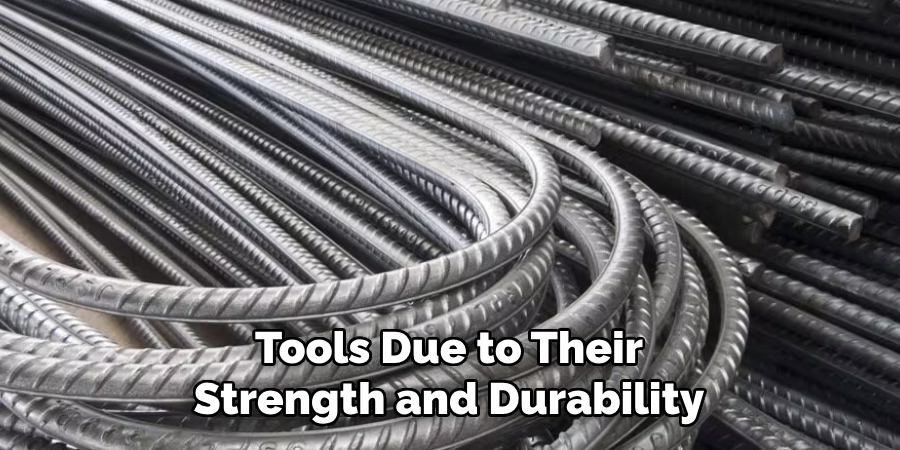
Q: What Are Some Common Applications for Steel Bars?
A: Steel bars are used in a wide range of industries and applications, including construction, manufacturing, automotive, aerospace, and infrastructure projects. They are commonly used as reinforcement in concrete structures, machine parts, fasteners, and tools due to their strength and durability.
Conclusion
In conclusion, steel bars’ production involves several complex and crucial steps on how to make steel bar, starting from ironmaking to quality control. The use of advanced technology and processes ensures that the resulting steel bars are of high quality and meet the desired specifications.
With its many benefits, it’s no surprise that steel remains the go-to material for a wide range of industries and applications. By understanding the production process, we can appreciate the hard work and intricate processes involved in creating this essential building block of our modern world. So next time you see a sturdy steel bar supporting a structure or machine, remember the journey it underwent to reach its final form.
Edmund Sumlin is a skilled author for Metal Fixes, bringing 6 years of expertise in crafting a wide range of metal fixtures. With a strong background in metalwork, Edmund’s knowledge spans various types of fixtures, from decorative pieces to functional hardware, blending precision with creativity. His passion for metalworking and design has made him a trusted resource in the industry.
Professional Focus:
- Expert in Metal Fixtures : Edmund aesthetic specializes in creating durable and innovative metal fixtures, offering both appeal and functionality. His work reflects a deep understanding of metalworking techniques and materials.
- Sustainability Advocate : He is dedicated to using sustainable practices, ensuring that every fixture is crafted with eco-friendly methods while maintaining high-quality standards.
In his writing for Metal Fixes, Edmund provides valuable insights into the latest trends, techniques, and practical advice for those passionate about metal fixtures, whether they are professionals or DIY enthusiasts. His focus on combining artistry with engineering helps others discover the true potential of metal in design.


